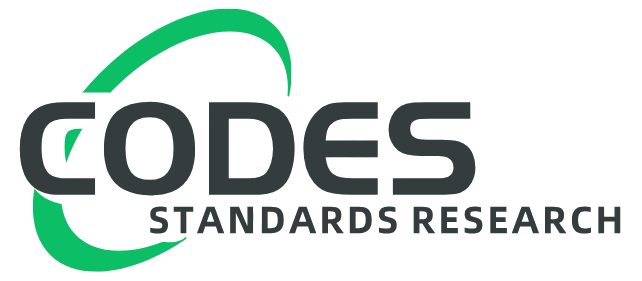Description
As the final barrier before consumption, properly designed and operated point-of-use (POU) water treatment systems are emerging as a useful way of protecting the public health. The National Sanitation Foundation (NSF) tests carbon block filters for cyst removal capability by using either live Cryptosporidium oocysts or surrogate particles such as polystyrene microspheres or test dusts. Nominal test dust (NTD) [Powder Technology Inc., Burnsville, MN] may be used as a surrogate for Cryptosporidium oocysts in challenge tests as prescribed by NSF Standard 53 (NSF, 2001b). NSF discontinued the use of fine test dust (FTD) [Powder Technology Inc., Burnsville, MN] as a surrogate for Cryptosporidium oocysts in 1993. If a filter removes a sufficient number of test dust particles, or a sufficient number of oocysts or microspheres prior to and after being clogged with test dust, then NSF will certify that the product is effective for oocyst removal. The objective of this paper was to compare the effects of NTD and FTD on carbon block’s ability to pass the NSF challenge test. Electrophoretic mobility and particle sizing were used to characterize the underlying physical and chemical processes of carbon block filtration. Two test dusts, three different carbon blocks, and the raw materials for carbon block manufacturing were tested. Under the challenge of NTD, only one of the three carbon blocks passed the NSF certification test. When FTD was used as a surrogate, all three carbon blocks qualified for certification. Carbon block materials and test dusts were negatively charged at pH > 5 and, therefore, the surface charge characteristics can explain why two carbon blocks failed the NSF certification test. However, these characteristics cannot explain those carbon blocks that passed the NSF certification test. Particle size analysis revealed that D15 appears to be one of the determining factors in passing the NSF certification test. Includes 24 references, tables, figures.
Product Details
- Edition:
- Vol. – No.
- Published:
- 11/01/2002
- Number of Pages:
- 15
- File Size:
- 1 file , 320 KB
- Note:
- This product is unavailable in Ukraine, Russia, Belarus





